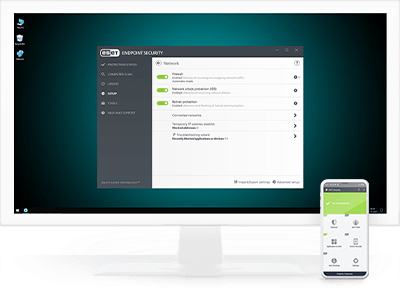
Capital allowances play a significant role in the tax implications for property developers, impacting how they can offset costs associated with property development against taxable profits. Here’s an overview of capital allowances and their implications:
Understanding capital allowances:
Capital allowances are tax reliefs that allow developer in UAE to claim tax deductions on qualifying capital expenditures incurred during the construction, renovation, or purchase of commercial properties. These allowances are intended to encourage investment in fixed assets and stimulate economic activity.
Types of capital allowances:
- Annual investment allowance (AIA): AIA allows businesses, including property developers, to deduct the full value of qualifying expenditure on plant and machinery (e.g., equipment, fixtures, fittings) from taxable profits, up to a specified annual limit.
- Writing down allowance (WDA): WDA applies to capital expenditures that do not qualify for AIA or exceed the AIA limit. It allows developers to claim a percentage of the expenditure each year, typically at a rate of 18% for most plant and machinery.
- First-year allowances (FYA): FYA provides accelerated tax relief on specific energy-efficient equipment, environmentally beneficial investments, or certain designated areas as designated by the government.
Tax implications for property developers:
Offset against taxable profits: Capital allowances allow property developers to offset qualifying capital expenditures against taxable profits, reducing their tax liabilities. This includes costs incurred for constructing or renovating commercial properties, installing plant and machinery, and acquiring fixtures and fittings.
Timing of claims: Developers can claim capital allowances in the tax year when the expenditure is incurred. This includes both initial construction costs and subsequent renovations or improvements that qualify for allowances.
Impact on cash flow: By claiming capital allowances, developers can improve cash flow by reducing immediate tax payments. This financial benefit allows for reinvestment into additional developments or operational expenditures.
Compliance and documentation: To claim capital allowances, developers must maintain accurate records and documentation of qualifying expenditures, including invoices, contracts, and asset registers. Compliance with HM Revenue and Customs (HMRC) regulations is essential to substantiate claims and mitigate the risk of audits or penalties.
Capital allowances offer valuable tax relief opportunities for property developers, allowing them to offset qualifying capital expenditures against taxable profits and improve cash flow. By utilizing these allowances effectively and staying abreast of tax regulations, developers can optimize financial outcomes and improve the overall success of their property development ventures.





